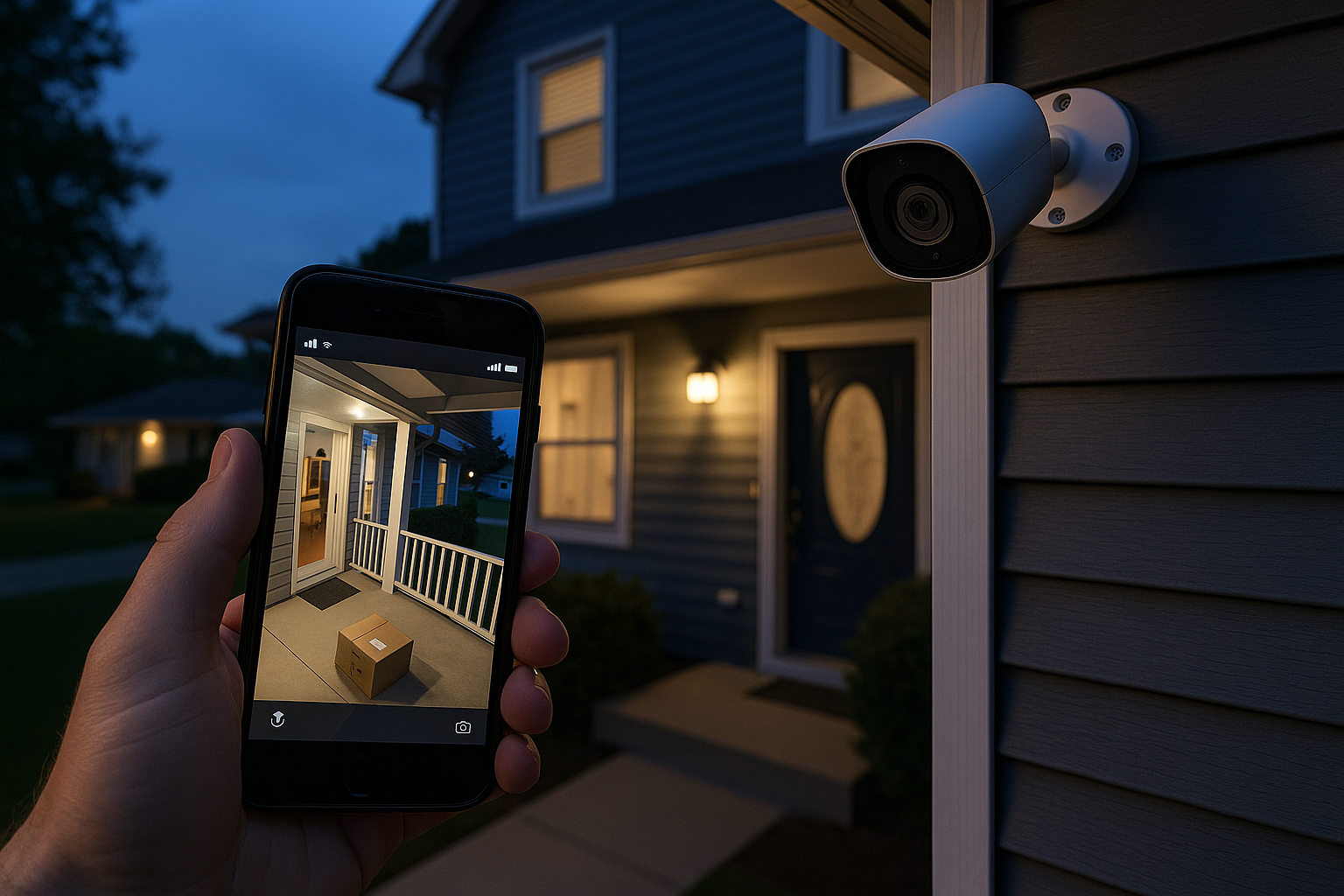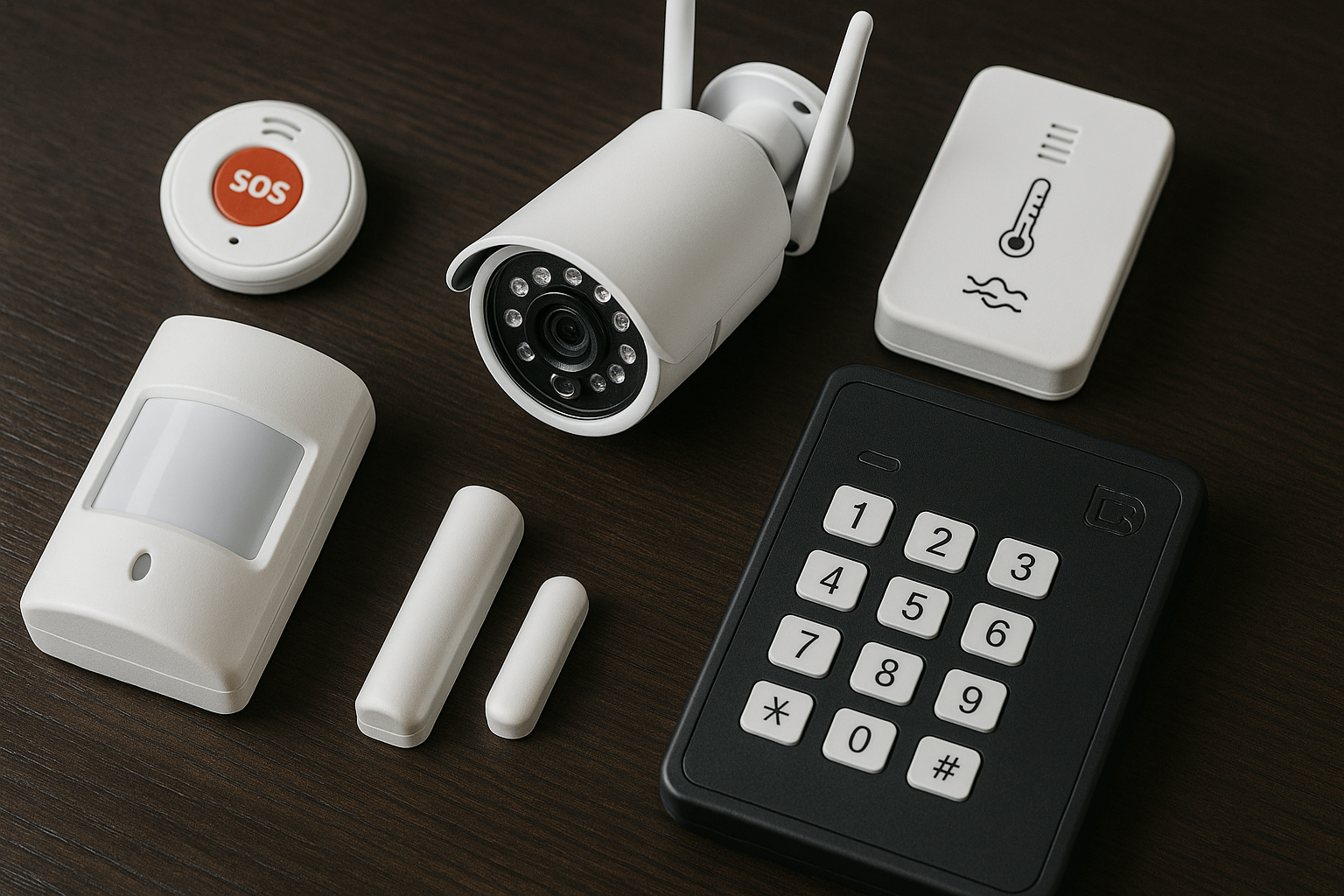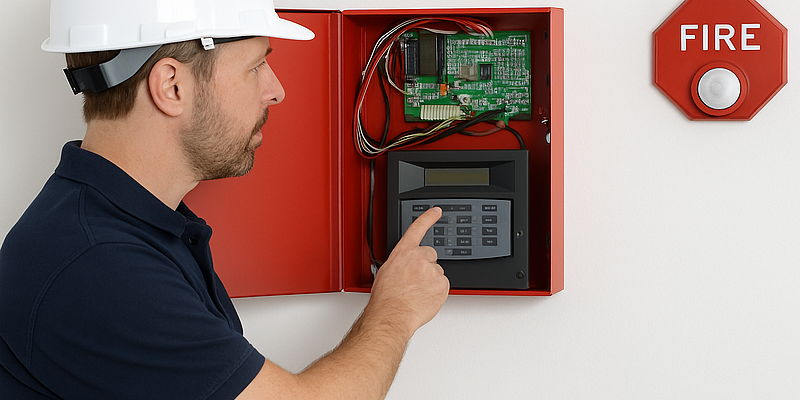-
24 Hour Emergency Service
- 24 Hour Emergency Service
What You Need to Know About Motion Detectors
What You Need to Know About Motion Detectors
Each year in the United States, there's an average of 2.5 million burglaries; that's one every 13 seconds! We're living in times where relying solely on law enforcement leaves your property and your life at risk. One of the best ways to diminish these risks is by setting up a proper home security system.
Motion detectors are a key part of a well-functioning home security setup. There are several kinds available today, and in this article, we're going to break down how they work and where it's best to put them to work. Learn more in the handy guide below.
Different Types of Motion Detectors
Various kinds of motion sensors have come out over the years. The most basic variant is the ultrasonic motion detector, which uses very high-pitched sonic frequencies and a form of echolocation to map out the target area. These detect movement when a sound bounces back from different places in the area, signaling that an object is moving.
Sonic detectors are fine for indoors but can be confused easily by pets, moving trees, and even large insects. That's why infrared motion sensors, which are more advanced, are the most popular variant today.
Infrared motion detectors (or PIR detectors) can be calibrated to 'see' the target area as a type of grid. They can then measure heat coming off different objects and see if they block out large enough portions of the grid. If a moving object is big enough, the detector will activate.
Nowadays, you can also buy a motion detector camera. This motion sensor compares the number of pixels that change between frames. If enough pixels change, the detector will activate.
Wireless vs. Wired Motion Detectors
There's also a distinction between wired and wireless motion detectors. Wired sensors attach directly to your house's electrical system. They require professional installation because of the way they draw power and because these systems need to connect to a central hub or panel somewhere in your house.
Wireless systems can be put up anywhere in your house and moved around because they're all battery-powered. These types of systems are often wifi-controlled and broadcast to apps that you can download on most smart devices. The drawbacks are that you need to periodically change the batteries, and these systems can be arranged sub-optimally.
Motion Detectors in Security Systems
Motion detectors aren't good enough on their own. They have to connect to an alarm, motion-sensing lights, or camera system for you to get the most out of them.
Getting a professional security company to do the installation will make sure that you have all these components and that they work together. It will also ensure that the motion detectors in and around your home don't have any dead zones that could leave you vulnerable.
Secure Your Home Today
Using the right motion detectors for the right job is crucial in your home security system. Ultrasonic detectors work well inside, but for your home's exterior, it may be better to get PIR detectors or motion-sensing cameras.
You also choose whether you want wired or wireless motion detectors when you set your security up. Wired systems are more reliable but rigid, whereas wireless systems are more versatile but require regular attention.
Using any form of security system drastically decreases your risk factors, but working with a professional security company decreases them more. So contact us today to find a good partner in home security.
‹ Back












